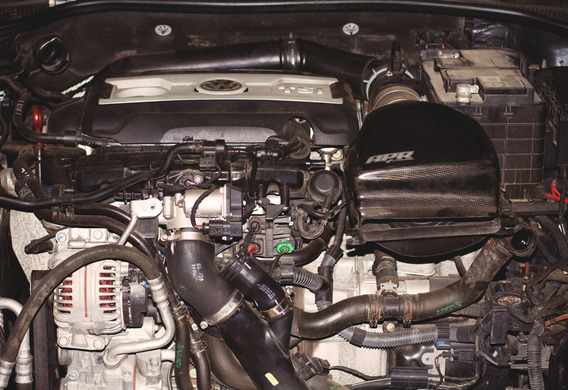
The manual pumping pump can be seen in the design of the car despite the development of electronics and the constantly improving fuel injection system. In modern designs, the diesel fuel system is most often used. Manual pump in diesel fuel system
Manual pump in diesel fuel system
Most classic diesel vehicles have a high pressure fuel pump (TDP) and a low pressure fuel pump, which is equipped with a hand pump-pump.
The purpose of the fuel pump is to improve the filling of the pressure pump cavity to ensure stable fuel delivery after a long vehicle downtime.
Principle of manual pump action
When lifting the piston pump handle, a discharge opening of the suction valve and fuel shall be made to the piston in the piston space. If the piston is reversed, the intake pressure shall be closed by the suction valve and at the same time as the pressure relief valve opens to the fine filter.
In cases where the difficulty of starting the engine is observed, first of all, the driver must satisfy itself that there is a fuel in the tank. This is easy to check when a manual pump is present in the ac power system, which can immediately determine the presence of fuel in the main line when the fine filter is open.
In the case of air entering the fuel system, the fuel feed into the cylinders is being impaired, which makes it difficult to start the engine, and also affects the fuzzy operation of the engine. In order to remove the air, the fuel pump mounted on the pump-pump shall be used.
Pumping is performed until clean fuel is available from the drain pipe without air bubbles, and then the valve is closed.
If the engine is still running after this procedure, the fuel system from the fuel filter to the TDDD shall be checked and the fuel pump shall be turned away by the fuel pump and the manual pump-fuel pump will pump the system through the scheme described above and, having obtained a clean fuel, wrap the plug. When these operations are performed, the piston pump shall be dropped.
Pump pump in petrol engine fuel system
The petrol carburettor was equipped with a carburetor pump in carburetor with a manual swap function.
Manual paging of these engines, as in the case of diesel units, is used by car owners after a long (more than three days) parking structure to fill a floating compartment of a carburetor (petrol evaporation unit) and an engine start.
Swap is also used when, for some reason, gasoline was ejected to dry tank and after refueling, it needs to be pumpened to the mainline and then into the carburetor.
The powered pump and the manual pump of petrol on these engines are done in diaphragm layout. All diaphragm pumps of different types of motor vehicles are identical in principle and differ only by individual design elements.
In earlier releases, the pumps were additionally fitted with a filter fuel tank, but with further reliable fine filters on the main line, the septic tanks were removed from the pump construction.
The pump consists of three parts-the middle part, the cover, and the lower part. The middle part of the pump is an input and supply connection, suction and injection valve, and a netted filter.
The bottom of the membrane fungus (resembling mushrooms) consists of three layers of diaphragm and shtoka, springs of fungus, and between diaphragm is set the remote dividing ring from polymer material. The ring separates the lower diaphragm from the two top diaphragm. Also at the bottom is a wheel drive lever from the eccentre-center or the auxiliary machinery and the manual fuel pump.
The middle and bottom parts through the body of the membrane are connected by the bolts around the circle. The pump cover is mounted on top of one screw to the body of the middle part of the pump.
Principle of manual pump action
When you press the hand lever, the membrane through the transmission is lowered down to the cavity of the cavity. The suction valve shall be opened and the fuel flowing into the cavity, over the membrane passing through the netted filter.
When the membrane is released under the spring action, the spring shall be lifted up the pressure portion of the fuel. The pressure created shall be closed by the suction valve while simultaneously opening the pressure relief valve, and the fuel shall be pumpinged through the outlet duct to the carburetor.
The work of the gas pump is similar to that of the engine when the membrane actuates not the hand-swap lever and the errant drive from the center of the propeller.







